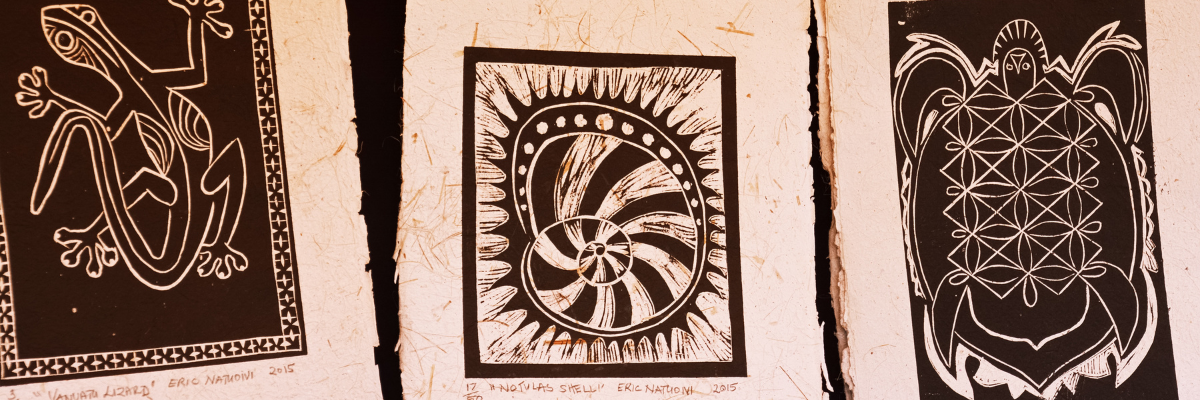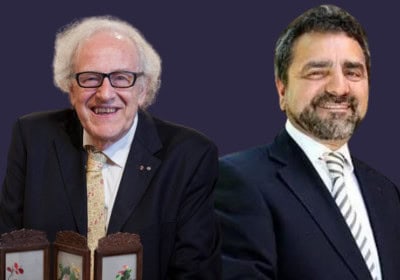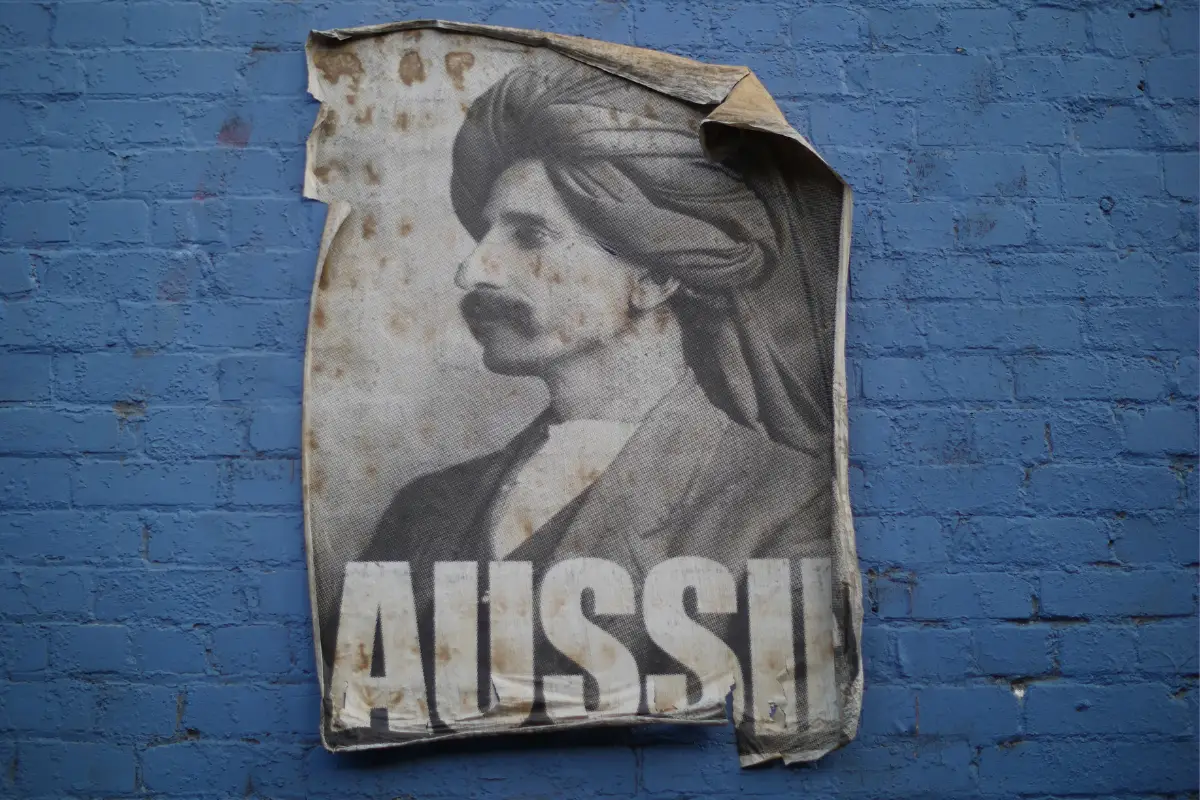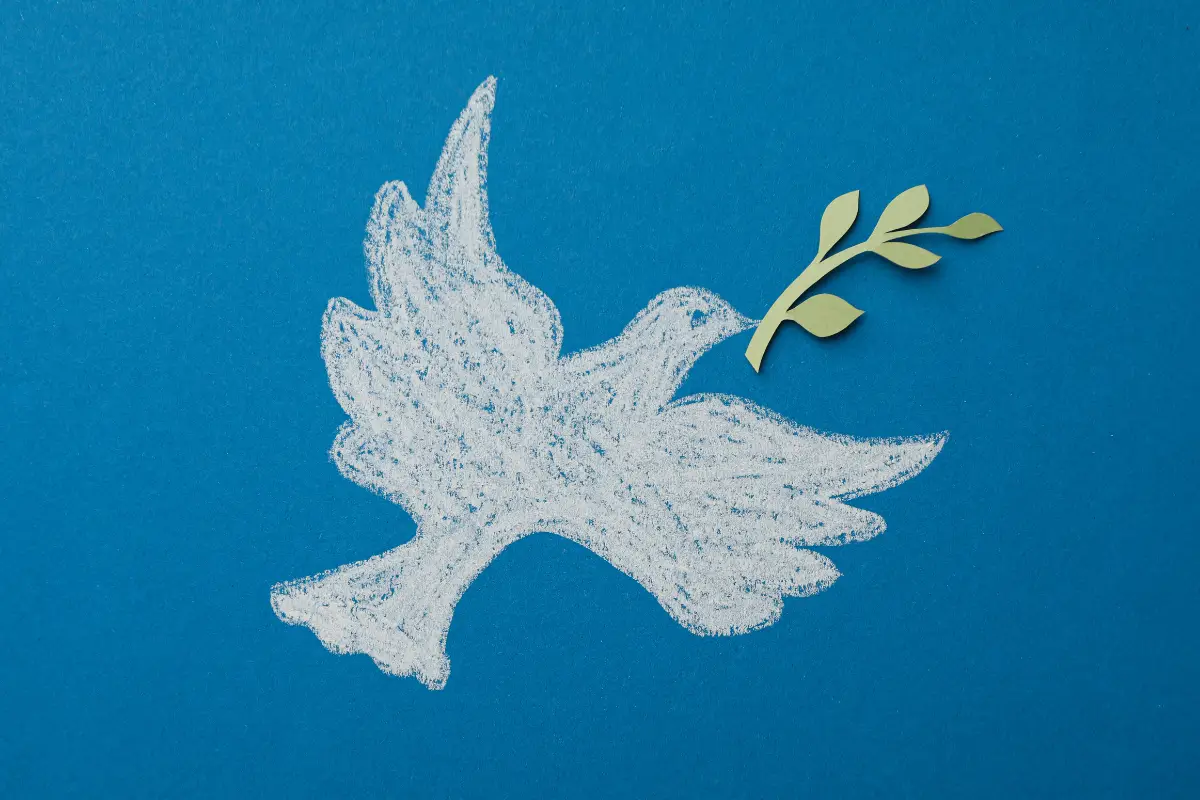
The Pacific is back in the Australian political consciousness as our newly elected politicians make strenuous efforts to counter China’s growing presence and prominence.
The 166 million square kilometres of the Pacific Ocean is larger than the combined total of all land areas on earth, comprising one-third of the physical space of the planet and containing half of its free water, extending from the Arctic to the Southern Ocean and Antarctica, bounded by Asia and Australia to the west, the Americas to the east, and dotted with innumerable small islands (NOAA).
The emergence of independent states over the past 60 years saw repatriation of education and other services from metropolitan countries, yet ambiguous political statuses persist. The fifteen polities include two sovereign states on European models (Australia and New Zealand) with the remaining 13 representing four types of politico-economic sovereignty:
- full independence with domestic institutions and administration.
- political independence limited by long-term reliance on external assistance.
- limited (unincorporated) sovereignty in long-term or permanent association with external powers (e.g. USA: Trust Territory of the Pacific and other Micronesian “Compacts of Association”);
- incorporated territories with various kinds of integration into Oceanic or extra-Oceanic states (e.g., USA: Hawaii, fully incorporated state; American Samoa permanent ‘association’ // France: New Caledonia, Tahiti, Wallis, Futuna varying from full incorporation to pays d’outre-mer and collectivite` d’outre mer of the French Republic // Nieu and Tokelau’s designations as “self-governing in free association” with New Zealand).
Many are micro-nations in which small scale and geographic dispersion preclude development of differentiated institutions and efficient administrative structures, robust defence, and environmental protection, leaving them vulnerable to external influence, and economic and security dependence on larger states.
Compensating for vulnerability, small scale and dispersion are various kinds of pooled sovereignty, collaboration and identity-making.
The most notable example is the University of the South Pacific, a regional 14-campus university established in 1968 and offering well-developed activities in six academic Schools, two interdisciplinary colleges and centres, and a range of other offerings, having pioneered distance education delivery decades before COVID forced many of us to learn how to teach remotely.
Oceania concepts and identity
In popular imagining but also in scholarship, the recurring concepts associated with the Pacific are vastness, emptiness and separation of place, and relations between ‘islander’ and ‘intruder’. This stark binary, however, provides little information about the many interactions that have arisen in intercultural contact over centuries, without negating savage characterisations of Oceanic peoples which provided legitimation for episodes of pillage and imperialism.
The 19th century is replete with brutal projects of colonisation, of labour and land, but other kinds of accommodation between islanders and outsiders provide evidence of the agency and initiative which produced Oceania’s multicultural contemporary reality.
Pacific artists and poets have wanted to forge a new consciousness and popular imagining, to undermine the disappearance of human agency implied by notions of vast uninhabited space and of vulnerability (Thomas, 2012a), today confronted with the near-existential threat of rising sea levels and frequent severe typhoons.
In academic and creative work Epeli Hau’fa, novelist, ethnographer, and philosopher wanted to destabilise prevailing ideas of the Pacific as a vast expanse of emptiness, and dedicated many projects to “rediscovering our sea of islands”, whose inhabitants are “connected rather than separated by the sea. Far from being sea-locked peoples marooned on coral or volcanic tips of land, islanders formed an oceanic community based on voyaging (1993)”. Especially troubling for Hau’fa was the term “Pacific Rim”, which shaped geopolitical discussions in the 1990s and early 2000s attempting to create new political architecture for the “Pacific” age, and yet excluded its populated centre. Hau’fa’s enduring contribution was to reconceive the Pacific as an ocean highway for centuries “criss-crossed by voyagers” (Hau’fa 2008; Thomas, 2006b).
Samoan novelist Albert Wendt’s New Oceania (1976) also imagined an arts-led creative fostering of new identities, a renaissance of pride but also pragmatism, repudiating the romanticisation of some Oceanic historiography while never denying loss, degradation, cultural pacification, colonisation, ecological vulnerability, dependence on Western security calculations and experimentation (American, British and French nuclear testing). Wendt’s most famous work, the 1979 novel Leaves of the Banyan Tree traces experiences and attitudes of three generations of Western Samoans in the context of the Great Power struggles for control of their islands, until after independence: grandfather Tauilopepe struggles against foreign intrusion, but is greedy in his motivations, son Pepe rebels against assimilation, while grandson, Lalolagi, boarding in a New Zealand school, chooses English over Samoan as his language of identity, and joins the exploiters of the natural wealth of the islands.
Traditional Pacific society is classically organised into three ethno-linguistic clusters: Melanesia (mostly PNG, Solomon Islands, Vanuatu); Micronesia (Trust Territory of the Pacific Islands, Marshall Islands, Palau, Kiribati, Tuvalu) and Polynesia (Cook Islands, Fiji, Niue, Tonga, the Samoas). These include the world’s greatest linguistic density in Melanesia and near unilingualism in Polynesia, yet everywhere language-identified populations retain cultural distinctiveness despite permanent disruption of traditional communication and identity by intrusion of empire-building maritime powers.
The periodic forgetfulness of politicians towards the small island nations to our east has long frustrated humanities researchers who support Australia’s knowledge and capability in relation to ‘the Pacific’ and our ongoing national interaction with the states, peoples, and cultures of the region. Their expertise and deep connections with the island states could play a key role in preventing the current struggle for influence from descending into self-serving competition, gliding over the agency and autonomy of Pacific Island states.
A more substantial, humane, and just national project in relation to the Pacific requires a nuanced political and cultural awareness.
Let’s imagine new forms of regional solidarity based on regular interaction with Pacific Island peoples, and respect for their quest for sustainable economic growth, environmental and resource protection, and cultural vitality.
References
Hau’ofa, E, (1993), Our Sea of Islands. In A New Oceania: Our Sea of Islands, edited by Eric Waddell, Vijay Naidu, and Epeli Hau’ofa, 2-16. Suva: School of Social and Economic Development, The University of the South Pacific.
Hau’ofa, E. (2008), We Are the Ocean: Selected Writings. Honolulu: University of Hawai’i Press.
NOAA, (no date). National Ocean Service, National Oceanic and Atmospheric Administration, Department of Commerce, United States Government. http://oceanservice.noaa.gov/ Consulted 3 June 2022.
Thomas, N. (2012), Islanders: The Pacific in the Age of Empire. Yale University Press.
Thomas, N. (2012) “We Were Still Papuans”: A 2006 Interview with Epeli Hau’ofa.
Interview with Epeli Hau’ofa. The Contemporary Pacific, 24, 1., Spring.
Wendt, A., 1976. ‘Towards a New Oceania’, Mana Review, 1:1.



